Exercise is crucial for overall health, yet sports and other physical activities frequently result in injuries. Rice Emergency Room is equipped to handle all types of sports injuries.
If you experience a sports injury, it is important to seek medical attention right away. Treatment may include rest, ice, and physical therapy. Surgery may be necessary in some cases.
We treat all types of sports injuries, including:
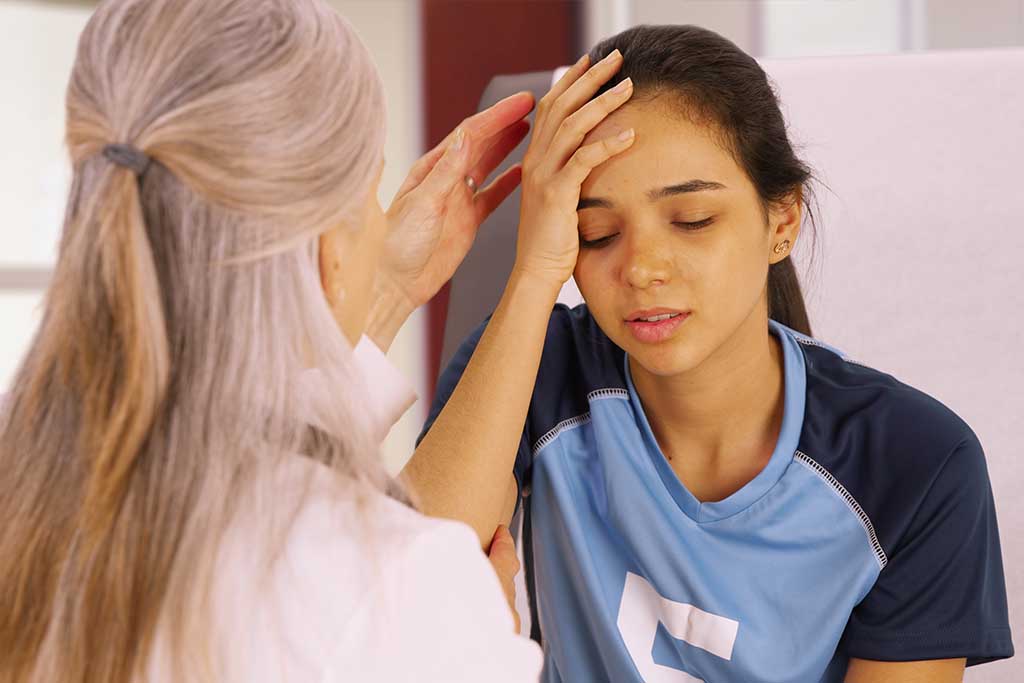
Acute head injuries are common in sports. Concussions are the most common type of head injury in sports. Symptoms of a concussion may include headache, nausea, vomiting, dizziness, blurred vision, and confusion. A concussion can occur even if there is no loss of consciousness. It is important to seek medical attention if you believe you have suffered a concussion.
Shoulder sports injuries are common, and can occur as a result of a direct impact or from overuse. The most common shoulder injuries are rotator cuff tears and shoulder dislocations. Rotator cuff tears may cause pain, weakness, and a limited range of motion. Shoulder dislocations are often accompanied by severe pain and swelling.

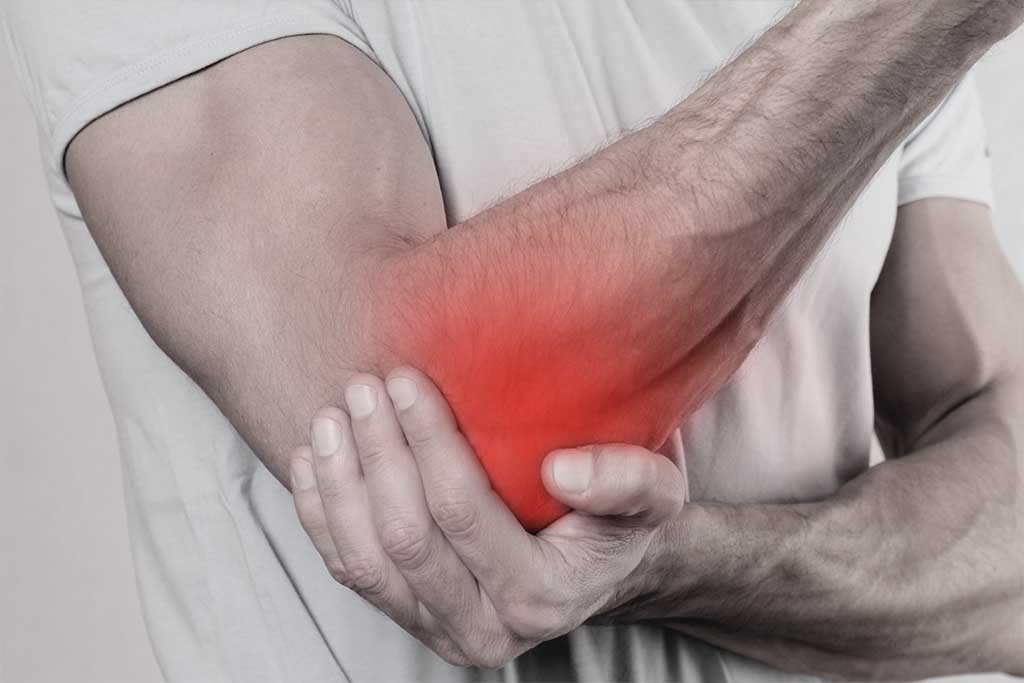
Elbow sports injuries are common and can occur as a result of a direct impact or from overuse. The most common elbow injuries are fractures and ligament tears. Fractures may occur when the elbow is struck directly or when it twists or bends. Ligament tears may occur when the elbow is hyperextended or when it is bent backwards.
Among the most frequent broken bones in athletics are wrist fractures. For instance, landing from a fall onto an extended arm can result in a wrist fracture that needs to be treated.
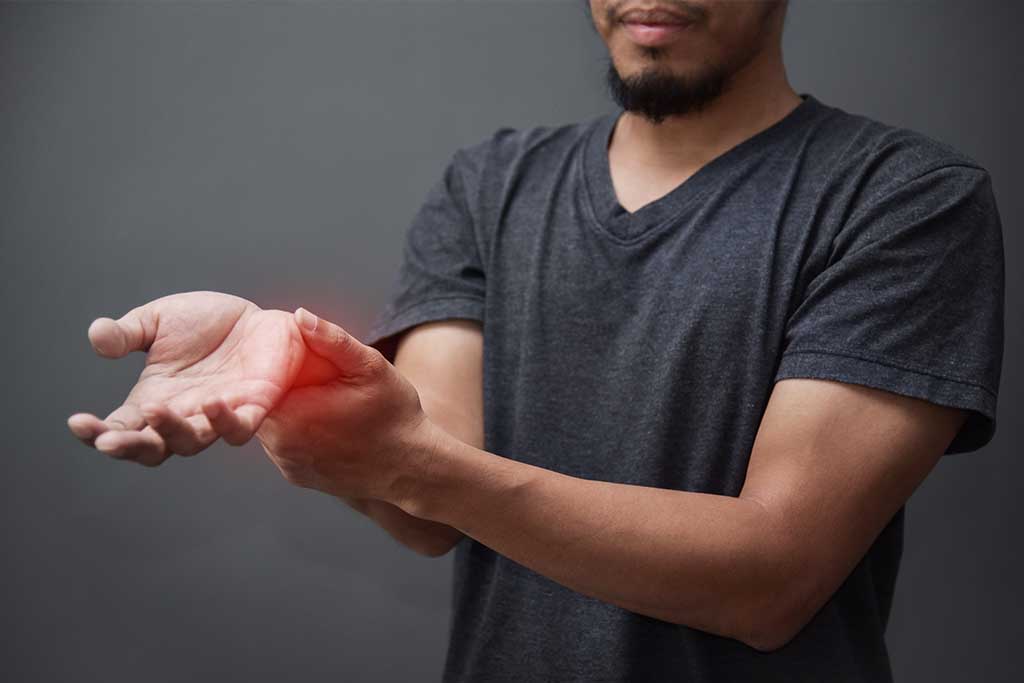
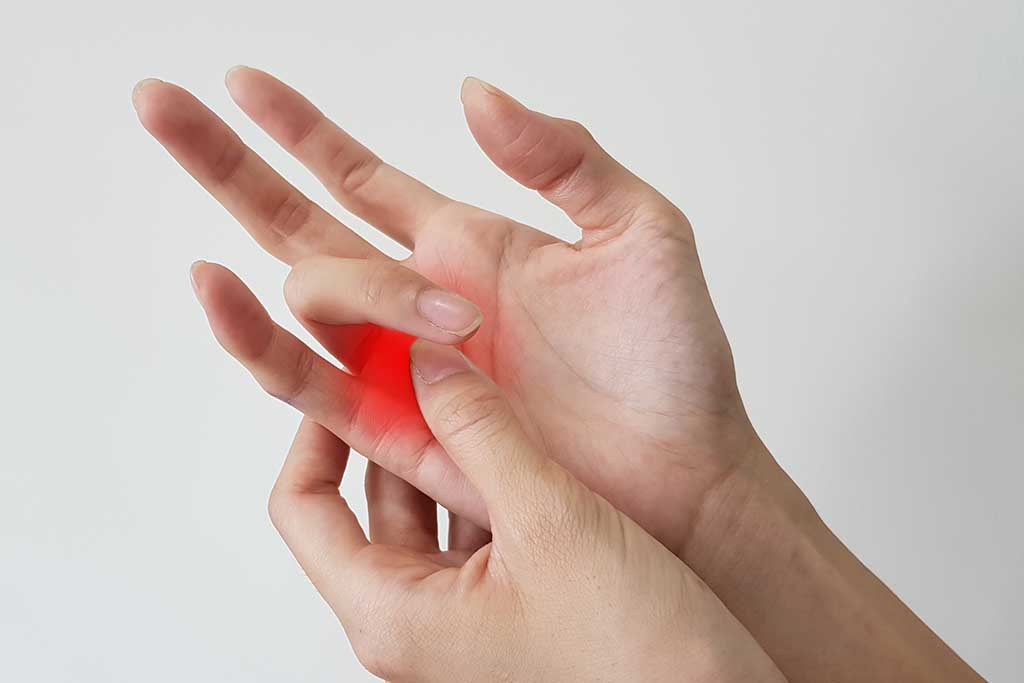
Ulnar collateral ligament tears in the thumb are highly common and frequently occur during sports like skiing, basketball, and football. An abduction moment at the thumb metacarpophalangeal joint (MCPJ) causes injury, such as a fall onto an outstretched hand with the thumb abducted. In parallel to chronic attritional insufficiency of the ligament, which is known as a gamekeeper’s thumb, an acute thumb UCL injury is known as a skier’s thumb.
Metacarpal and phalangeal fractures are common injuries, making up 10% of all fractures patients come with at the emergency room. While stress fractures have rarely been reported in racquet sports, injuries can still happen from falls, direct impacts, or crushes during athletic competition. Football, lacrosse, and hockey are three contact sports where the prevalence is greatest.
It is projected that between 10 and 15 percent of all athletes may develop low back pain. When compared to less physically demanding activities, sports like football and dancing are thought to have a higher prevalence of low back pain. These activities increase stress on the lumbar spine.
Even though they frequently have greater strength and flexibility than the average person, athletes’ low back pain is caused by the repetitive flexion, extension, and axial load-type movements they subject their spine to. Numerous studies have revealed various lumbar spine injury patterns, highlighting the heightened expectations that professional athletes make on their lower backs.
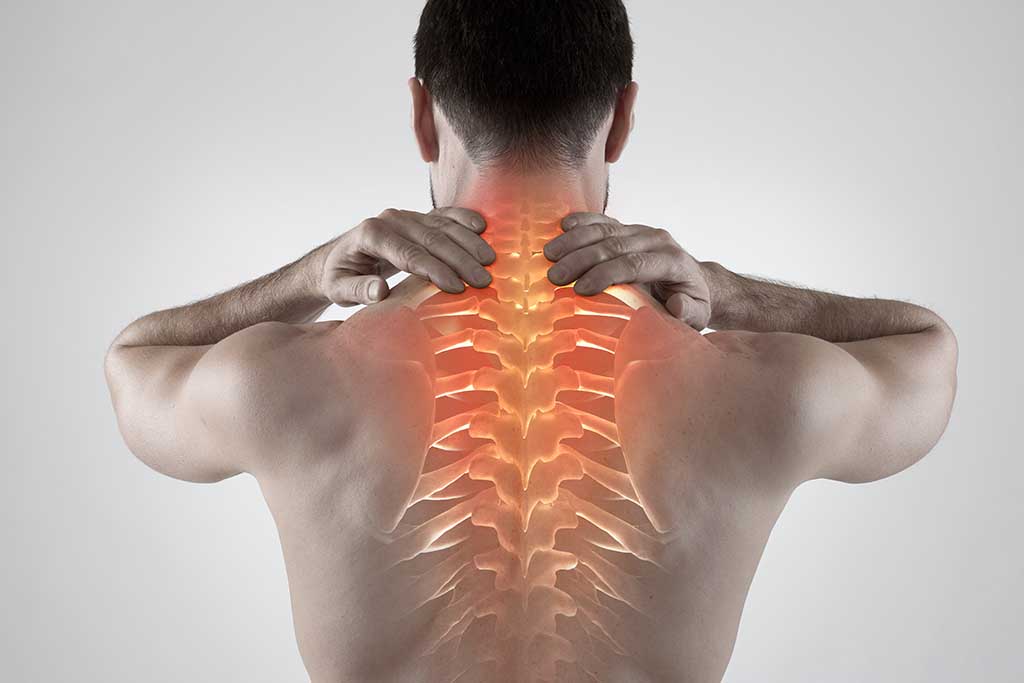
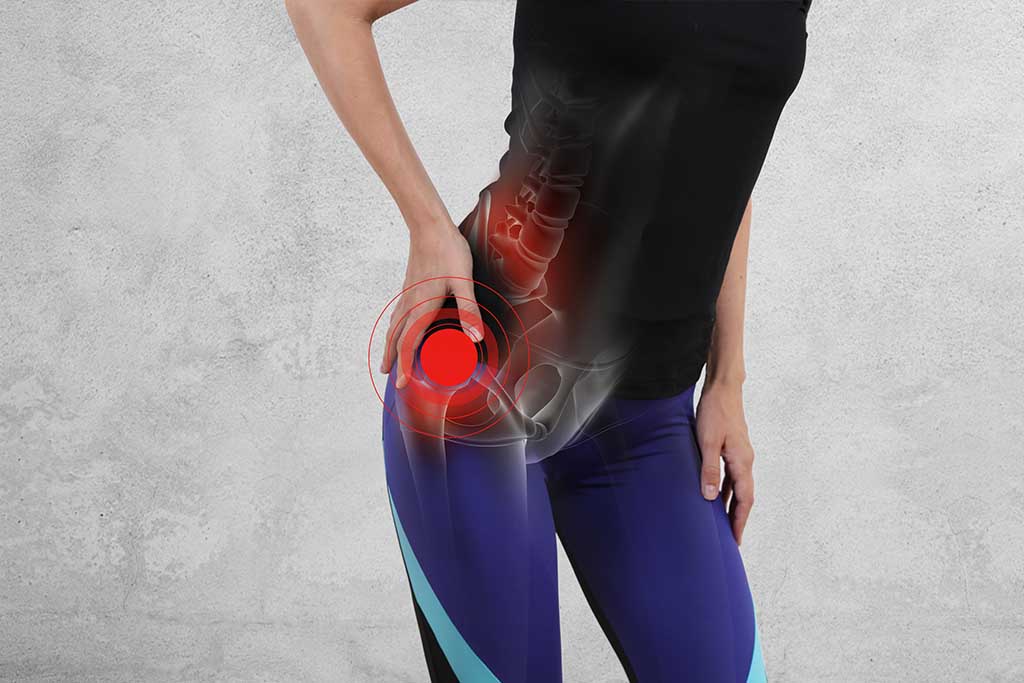
In order to produce movement, the hip, a key weight-bearing joint, distributes force and energy from the upper limb, trunk, and lower limbs. Without sending energy through the pelvis, movement such as walking, running, or throwing is not possible.
This implies that all forces acting on the upper and lower bodies will exert some pressure on the muscles, ligaments, and joints in this area. This also explains why up to 14% of all sporting injuries are estimated to occur from the hip/groin, with about 30% of hip problems going undiagnosed.
A relatively frequent sports injury is a thigh (quadriceps) strain. The likelihood of suffering the same injury again doubles if you’ve already been injured. Compared to hamstring or groin strains, thigh strains are more common in sports like football and result in more players missing games.


One of the body’s biggest and most intricate joints is the knee. Additionally, it is one of the most crucial joints. It plays a vital role in sustaining the body’s weight and facilitating movement by allowing you to bend your knee.
The knee joint is vulnerable to numerous injuries because of its complexity. Tears in the cartilage, tendons, and ligaments of the knee joint are a few of the most typical injuries. It is also possible for the kneecap to fracture or dislocate.
Due to the prevalence of foot and ankle injuries, it’s critical to seek treatment as soon as possible. Many people will suffer from foot or ankle injuries at some point, whether it’s as a result of sports participation, typical wear and tear, or misuse. Pain can disrupt daily activities and can develop suddenly or gradually.
People who play sports professionally or for scholarships frequently resume their activities before their injuries have healed adequately. However, this frequently leads to re-injury, and repetitive injury might result in long-term impairment.
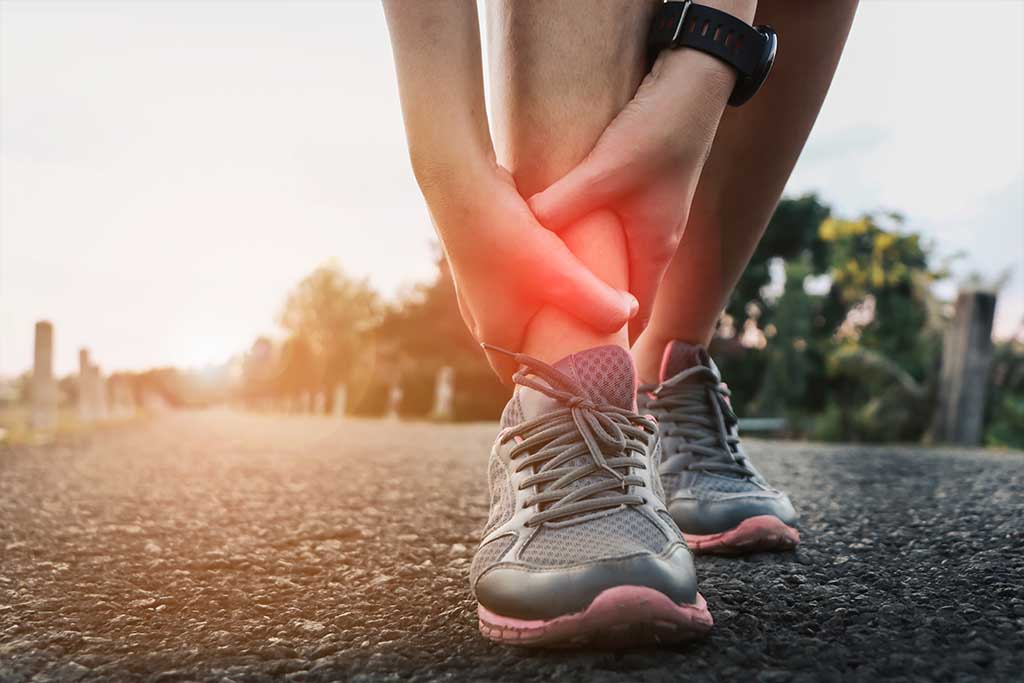
There are a variety of things that can cause sports injuries, from acute trauma to overuse.



Save time when it matters most, let us know you’re on the way.